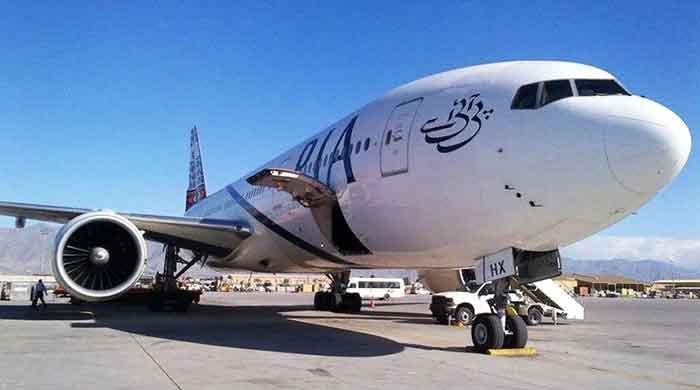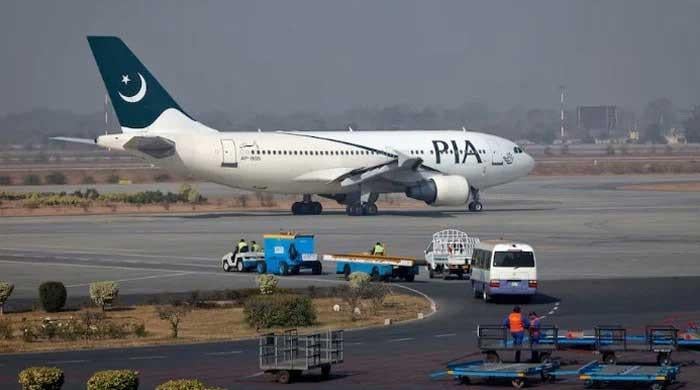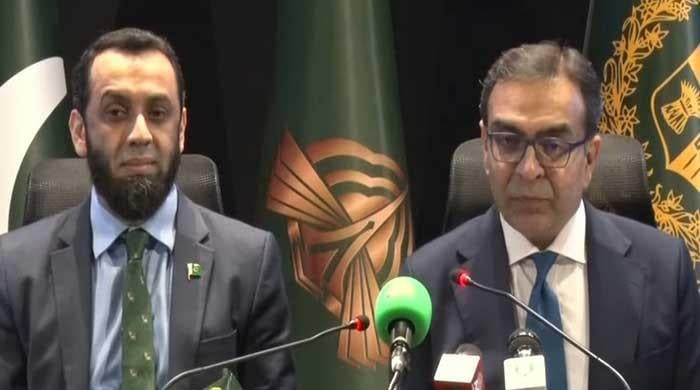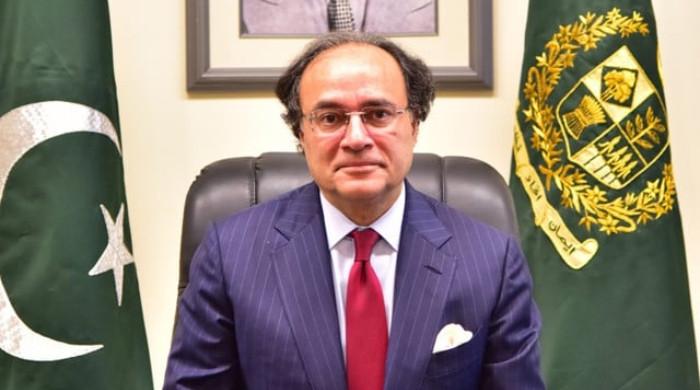PKR vs USD: Massive increase in petroleum prices expected in next fortnight review
Massive fall in Pakistan rupee against US dollar may trigger fresh wave of inflation
August 25, 2023
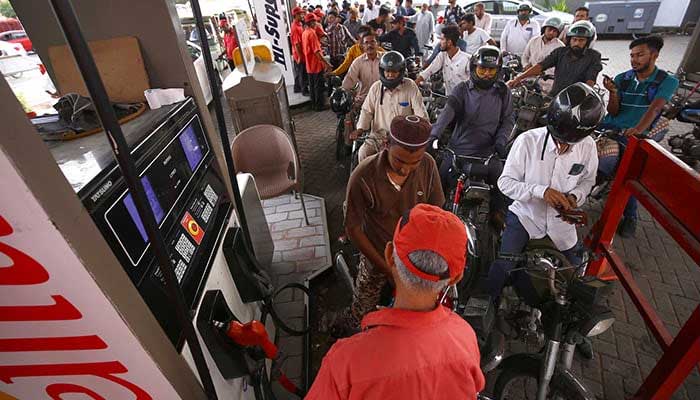
- Exchange rate of dollar increased by Rs12.08 from August 16.
- Petrol, diesel prices would increase because of rupee devaluation.
- If dollar appreciation not contained, POL would surge by double digits.
ISLAMABAD: The persistent fall in the value of the rupee against the US dollar is likely to trigger a fresh wave of inflation in the country, with petroleum products prices expected to go up by over Rs13 per litre in the next fortnight review due on August 31.
The exchange rate of the greenback has increased by Rs12.08 from August 16, 2023 as of August 24, reported The News on Friday.
This means that petrol and diesel prices from September 1 would increase only because of the exchange rate. However, in the international market, the prices of POL products and crude stayed comparatively stable. While only six days left in the ongoing fortnight, a further increase in dollar value remains on the cards.
In the last two fortnights, the petrol price has already increased by Rs37.50 and diesel by Rs40 per litre. However, under the latest scenario, the dollar’s interbank value crossed Rs300 mark with the open market value at Rs314.
The purchase of crude and POL products at higher values of US dollars would cause a further increase in petrol and diesel prices in the first fortnight of September which may climb to double digits, industrial sources forecast.
If prices are calculated against the August 24 dollar value, the increase in petrol will be by Rs9.95 per litre and diesel by Rs13.73 per litre. However, if the dollar’s appreciation is not contained and allowed to float freely in the next 7 days, the price of POL products would surge by double digits.
Besides, the LCs confirmation charges have also increased by 10%, which were 0.5-1% 2-3 years ago.
Against this backdrop, Finance Minister Shamshad Akhtar and the central bank seem unmoved and have done nothing so far to control the unstoppable US dollar under the International Monetary Fund's $3 billion loan terms.
The impact of the dollar’s appreciation would also be reflected in the shape of more increases in electricity tariffs due to monthly fuel adjustment charges and quarterly tariff adjustments.
Meanwhile, the National Electric Power Regulatory Authority (NEPRA) with input from the Ministry of Finance and Power Division has already increased the base tariff by Rs3 to Rs7.50 per unit on various categories of consumers.
The base tariff for FY24 was determined at a dollar value of Rs287 with inflation at 17%, which is far from the ground realities as the dollar’s value in interbank has reached Rs300.33 with inflation at 28%.
The questionable base tariff worked out at a lower value of the dollar would increase the tariff every month under the FCA head and after every three months under the head of the quarterly tariff adjustment. This would simply make the lives of countrymen more miserable.
The government has already shown its intention to increase the tariff by Rs2.07 per unit because of the FCA adjustment in July 2023.
Under the law, fluctuation in fuel prices is passed on to consumers. The NEPRA will soon come up with its verdict about the impact of the last quarter of FY23 on the tariff. The government has sought an increase in tariff by Rs5.40 per unit at the head of the last QTA of FY23 and wants to recover the impact in three months.
To reduce the price shock for the masses, the government had desired to pass the impact of last quarter adjustments of FY23 in six months of the winter season starting from October 2023 to March 31, 2024. Through this mechanism, the impact will reduce to Rs2.31 per unit as the impact of the third quarterly adjustment FY23 of Rs1.24 would end in September 2023.
In the winter season electricity consumption goes down from 10,000 to 12,000 MW and the bills automatically tumble. So the government wants to pass the impact of the last quarterly adjustment of FY23 to consumers in six months of the coming winter season.
However, in view of the uncontrolled dollar, Pakistan consumers may experience more tariff increases every month during the current financial year 2023-24 in the head of FCA apart from tariff increases four times under the Quarterly Tariff Adjustment.





